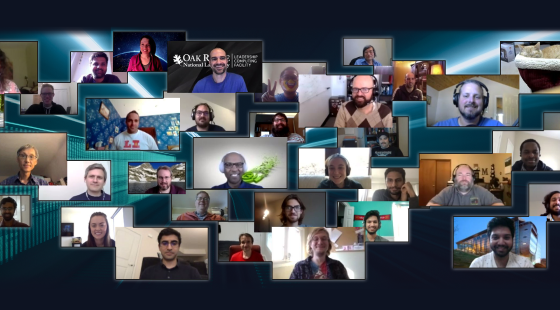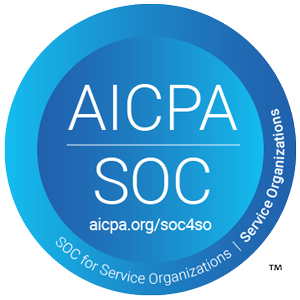
Managing a Virtual Hackathon
Managing a Virtual Hackathon

Virtual hackathons have become increasingly popular. While they provide a variety of benefits such as less overhead and the ability to source top talent from around the world, they also have unique challenges. Here are tips from the Brightidea Professional Services Team on how to successfully manage a virtual hackathon.
Benefits of a virtual hackathon
A lower cost investment
Virtual hackathons require much less overhead. Most of your investment will likely be digital infrastructure, and various hackathon tools such as software, and equipment, but if you’re a remote-friendly company you may already possess many of these tools. Online hackathons need less manpower to run, fewer hours to plan, and less logistics.
Customizable work environment for participants
Working from home also means that every attendee gets to create an optimal work environment tailored to their needs. One participant may want to blast metal while another may do their best work in silence. The ability to enjoy the comforts of home and customize the work environment is a big appeal for many hackathon participants. Then downside is that networking is more difficult virtually.
Attract a more diverse group of participants
Because virtual events don’t have travel costs, you may be able to draw a more diverse crowd to your hackathon. Since the internet is the venue, the audience can include teams from all corners of the world. This can also mean you can attract the best in the world, not just the best within your geographic region or with a travel budget.
What’s needed for a virtual hackathon
Digital infrastructure connected to a central hub
Virtual hackathons require a number of hackathon tools and workplace applications to communicate, collaborate, delegate, and present the work to each other and the panel of judges. Companies that offer remote work probably already have many of these hackathon tools available. Brightidea Hackathon can serve as a central hub that has integrations for all of the other tools you’ll need to successfully manage your hackathon.
With Brightidea Hackathon, you can easily put together a website for your hackathon, as well as handle all of the hackathon activities, including submitting and tracking projects, recording pitch videos, and tracking the impact and ROI of projects that get funded. Brightidea Hackathon also enables the judges to document their evaluation criteria and judge the projects from within the software on a virtual scorecard.
Here are a few of the hackathon tools you’ll need to run a virtual hackathon:
Video chatting
Your teams will need to chat face-to-face on occasion, therefore you’ll need to provide access to a video meeting platform such as Zoom, Webex, Teams, or GoToMeeting.
Text based chatting
Since participants can’t tap their teammates on the shoulder, you’ll need a text-based online communication tool such as Slack and Teams.
Digital whiteboard
Sometimes teammates need to show, not tell. Since online participants can’t scribble on the back of a napkin or across a chalkboard, they’ll need access to digital collaboration tools. Brightidea Whiteboard gives your teams a place to brainstorm in your own infinite space via a browser and collaborate in real-time via the zoomable multiplayer interface.
Wireframing
Wireframing is one of the first steps in the development of interfaces for websites and mobile applications. It’s one of the most important stages that can have a big effect on the future of your digital product. Tools like Basalmiq, Axure, and Moqups can help your hackers wireframe their product.
Project management tools
Project management tools like Jira, Asana, Monday, Airtable, and ServiceNow are helpful, as they can help teams understand duties and stay on task both during the hackathon and after the hackathon if the idea is funded and further developed.
Presentation tools
One of the most important elements to consider for a virtual hackathon is how participants will present a finished project. Google Slides, Prezi, Keynote, ClearSlide, and RevealJS are all great options for creating rich, multimedia presentations.
File sharing
You’ll need a file sharing application for securely saving and sharing large files. Popular choices include Dropbox, Google Drive, and Box.
Centralized resource hub
Ideally, attendees should be able to easily access event-specific information such as rules, schedules, tutorials, academic references, FAQ’s, and contact information. It’s best to make these available from your hackathon website.
Effective communication
Ongoing communication is key to a successful hackathon, especially when everyone is working remotely. Things often don’t go perfectly according to plan, which is why you should be prepared to quickly communicate event updates. Brightidea Hackathon offers automated status updates via email to keep participants aware of the schedule, and any last minute changes.
Share the event on social media
Even though participants aren’t in-person creating photo worthy moments, you can still share key moments of the event on social media to give participants more visibility and recognition. Content ideas could include: coverage of kickoff speakers and interviews with participants, winners, sponsors, and judges.

